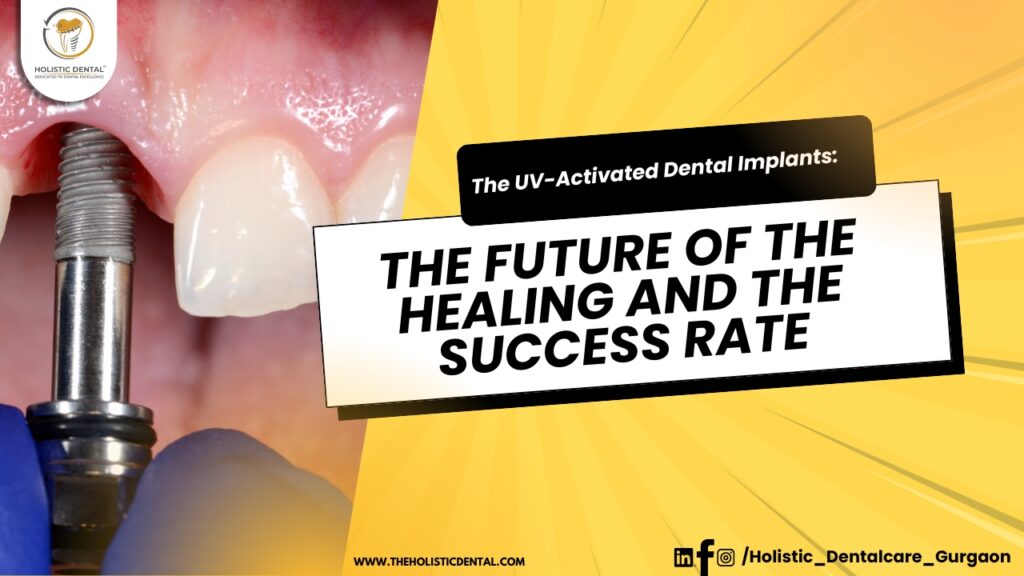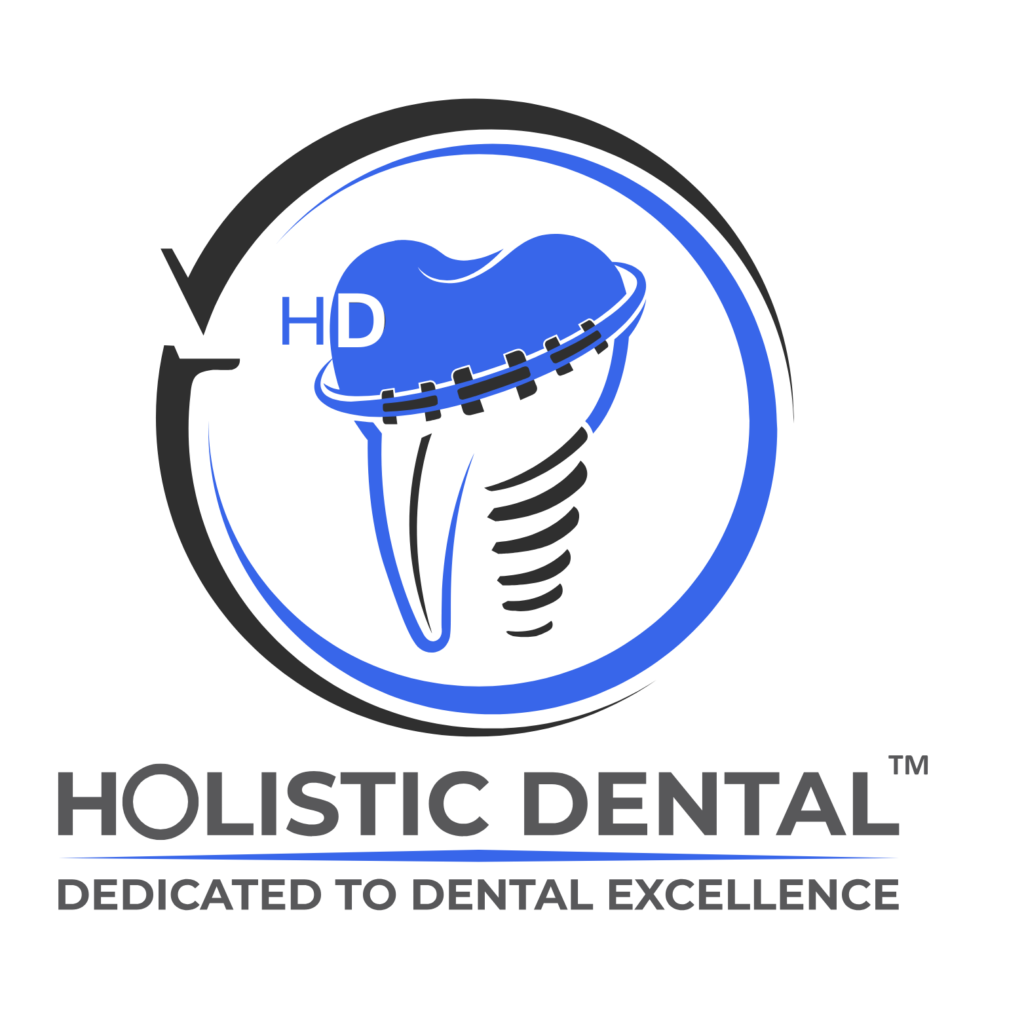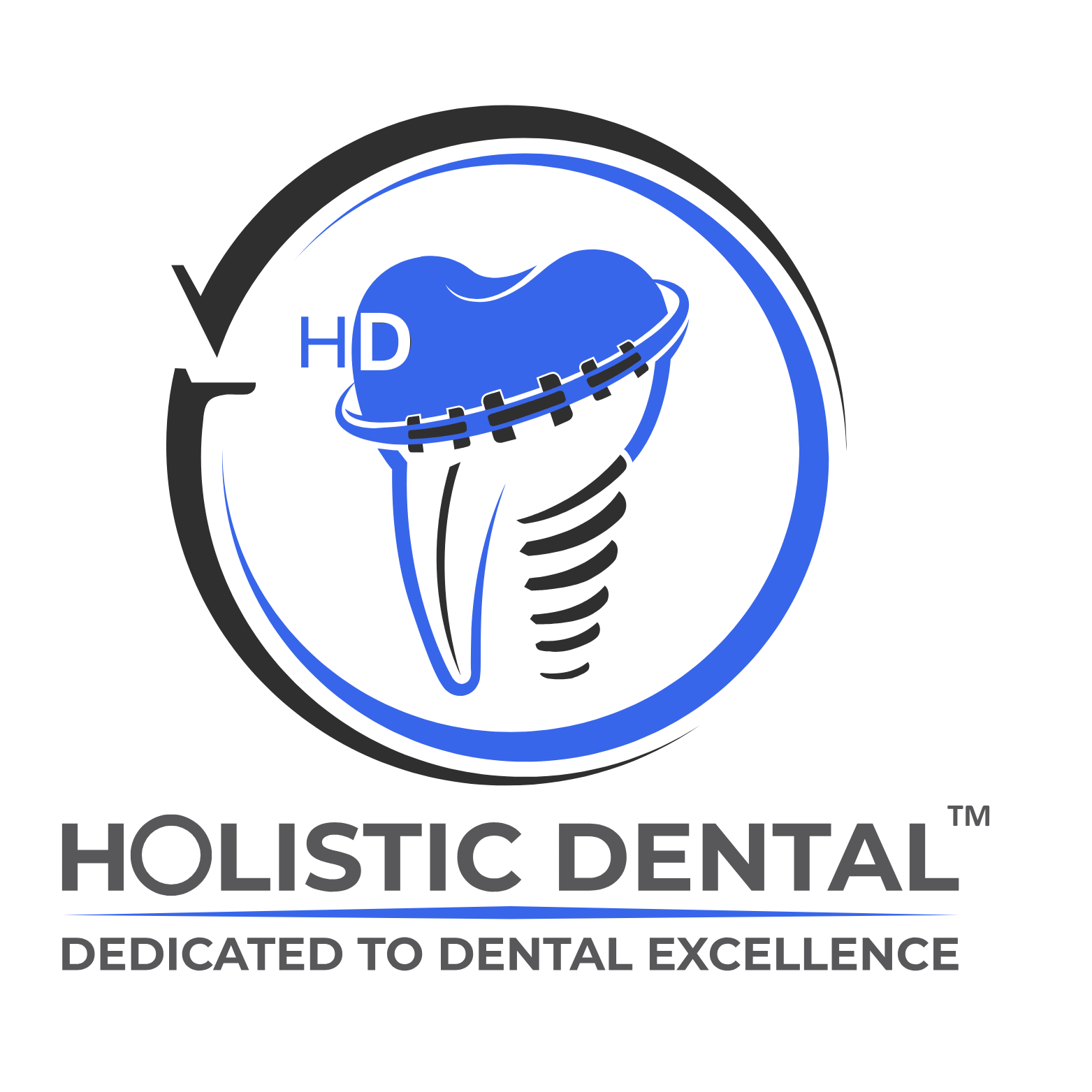- +91 77888 64446
- A 241,Upper Ground Floor, Supermart 1, DLF Phase 4, Gurugram, India

The UV-Activated Dental Implants: The Future of the Healing and the Success Rate.
Dental implants have been identified to be one of the best forms of tooth replacement, as they are strong, durable and natural in appearance. The innovations in the field of implant dentistry over the years have been directed towards making the healing process quicker and enhancing the long-term success. Among the most promising developments in this area is UV-activated dental implants which is a technology that is transforming the way in which patients undergo the treatment of implants.
Conventional dental implants are typically produced out of titanium which is a very biocompatible substance. Nevertheless, with time titanium surfaces are most likely to accumulate impurities, which may slow down the process of osseointegration the most important stage as bone is bonded to the implant. It may sometimes lead to extended curing time and in the worst-case scenarios, implant failure.
The photo functionalization (UV activation) is treated with ultraviolet light and then the implant is placed. This is done to eliminate impurities and rejuvenate the titanium surface making it extremely receptive to bone cells. Consequently, the bone binds up faster and more securely to the implant thereby boosting the healing and stability to a great extent.
There are obvious advantages of UV-activated dental implants. Patients also enjoy shorter periods of healing, which decreases the time taken in waiting before their final crowns/bridges can be fitted. It has been found that bone to implant contact is almost twice in cases of the UV-treated implants as opposed to untreated ones which significantly enhances the overall success of dental implants. This is especially useful in people who have low bone density, aged people or patients with health issues like diabetes which may reduce healing process.
The other benefit of this technology is that it is non-invasive. The process of UV treating the actual implant is done before surgery thus patients do not have to go through any other process or suffer. It merely increases the bone-forming capacity of the implant, when it is fitted in the jaw. To most patients, this is an easier healing process and a stronger belief in long-term outcomes of their medication.
There is also a wider clinical implication in the introduction of UV dental implants. It has provided new opportunities to patients who might have been rated as not very viable candidates when it comes to traditional implants because they do not regenerate much faster. UV activation enhances the performance in a broad spectrum of applications, including simple single-tooth replacement procedures and more extensive restorative processes.
The future of UV-activated implants is that they should be used more frequently in the field of dentistry, which will possibly become the standard of performing an implantation. Although the conventional implants are still very successful, the application of the UV technology is an interesting move towards giving the patients faster healing process, superior stability, and long-term outcome.
To sum up, UV-activated dental implants can be considered a real breakthrough in dentistry today. Titanium is known to be a strong material and together with advanced surface technology they provide patients with a solution that does not just restore their smile, but also enhances faster healing and success rates. This innovation is a major step undertaken in making dental implants the consistent option of replacing teeth.

